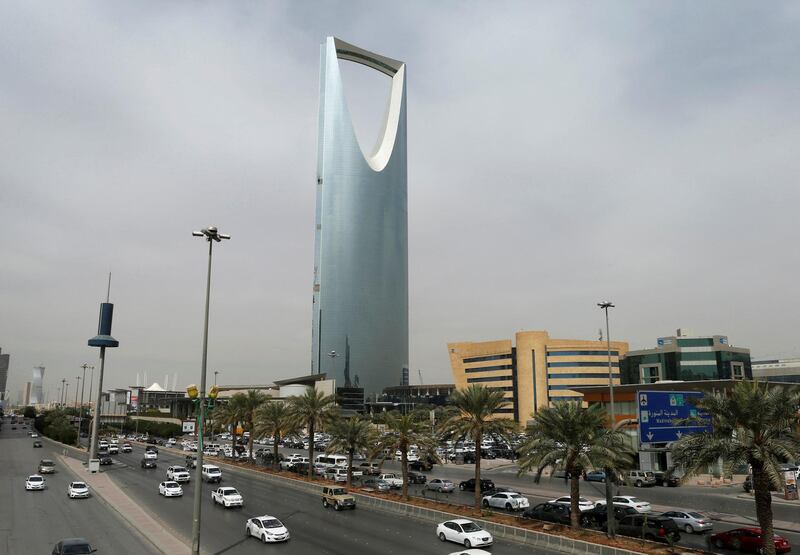Saudi Arabia's central bank said that it would stop all but one repurchase agreements amid an improvement of liquidity in the banking sector.
"The Saudi Arabian Monetary Authority has decided to suspend term repo facility for maturities of seven, 28 and 90 days with immediate effect," the central bank said in a brief statement on its website on Tuesday.
"This decision is reflective of recent market developments in the context of maintaining monetary stability."
Sama did not elaborate. The one-day repo remains.
The world’s largest oil exporter introduced seven-day and 28-day repurchase agreements in September 2016 as tight liquidity in the banking system threatened to add to the economic strain of lower crude prices, according to Bloomberg. The 90-day pacts were introduced a month later. Since then, liquidity has increased significantly.
For the first time since the global financial crisis in 2009, Saudi interbank offered rates are below their US dollar equivalent in London. On Monday, the gap was about 10 basis points.
________________
Read More:
[ Liquidity returns to Saudi Arabia banking industry ]
[ JP Morgan bolstering Saudi Arabian business in anticipation of foreign flows ]
_______________
Saudi Arabia was hit hard by the collapse in oil prices that started in the summer of 2014 and which in a two-year period shaved more than 70 per cent from the price of oil. As a result, government entities yanked deposits from banks to help cut the budget deficit. The government also sold bonds both locally and abroad.
In October 2016, Saudi Arabia sold $17.5bn worth of bonds internationally for the first time to help shore up its finances to offset revenue shortfalls from stagnant oil prices. Prior to that, the government was selling 20bn Saudi riyals (Dh19.58bn) of bonds to banks each month since mid-2015 to help finance its budget deficit.
The ratings agency Fitch said in October that most banks had strong liquidity coverage ratios of 200 per cent at the end of the first half of 2017 amid a rebound in oil prices.
During the same time there was a 1.4 per cent rise in non-performing loans amid sluggish economic growth. The agency said Saudi Arabia's GDP growth slowed to 1.4 per cent in 2016 from 3.4 per cent in 2015 and is expected to grow below 1 per cent in 2017 and 2018.





